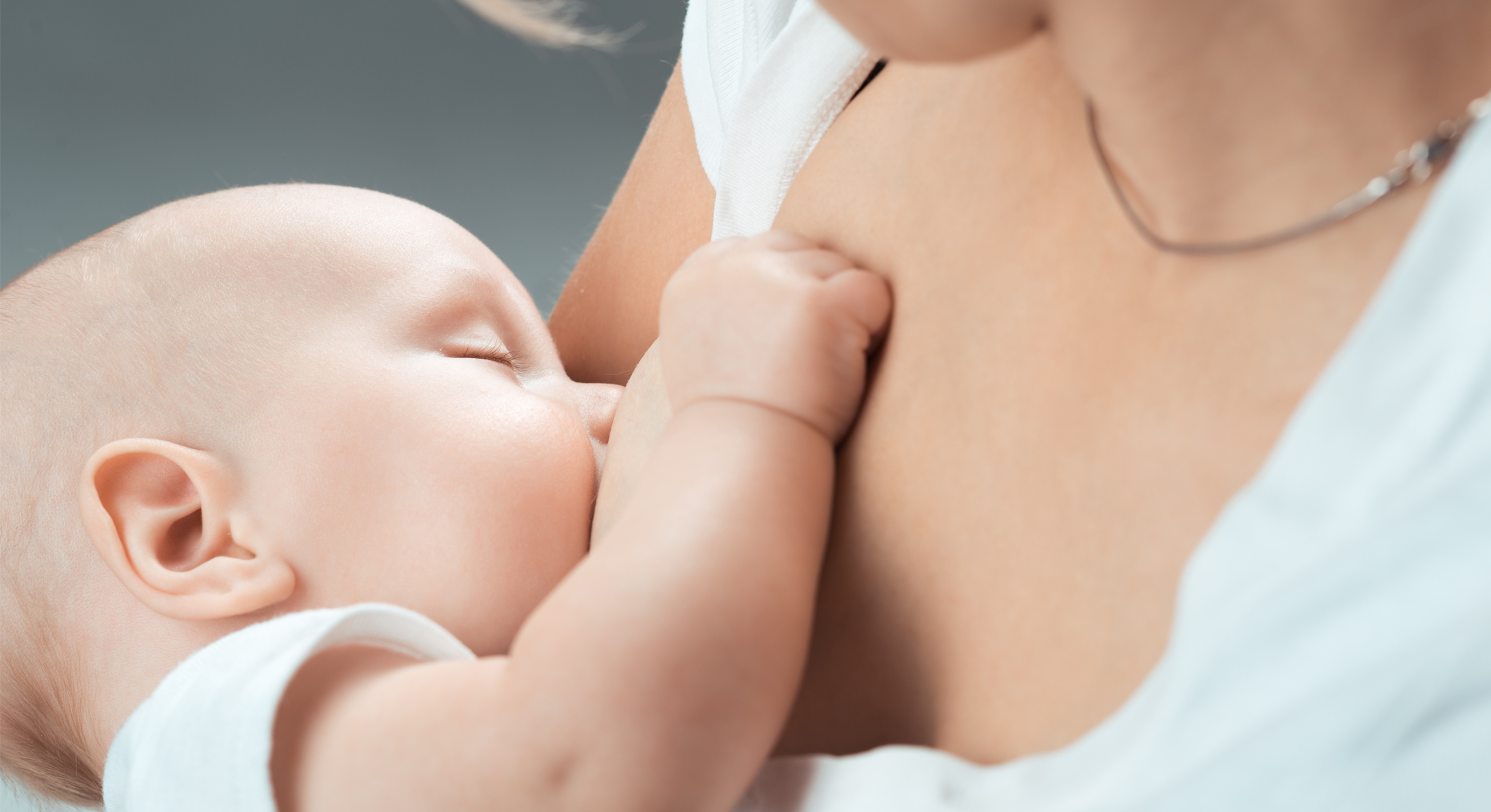Although we already knew bacterial exposure of the baby’s digestive tract starts during birth, but how the infant´s gut microbiota foundations are laid, how they change over time, and how the transition from infancy to childhood is organized is not yet fully understood. Now, a new paper published in Nature shed light on these questions. It provides insights into the link between the gut microbiota and infant development.
The senior author of this study, Joseph Petrosino, explains: “We know that the first few years of life are important for microbiota establishment.”
In the study, researchers at Baylor College of Medicine (Houston, USA) have found there are 3 distinct phases in the microbial gut colonisation in the infant from 3 months to 4 years of age: A developmental phase (3—14 months); a transitional phase (15-30 months); and a stable phase (31 months onward). However, this doesn’t mean that gut microbiota maturation ends at 2.5 years of age. Previous research has shown that this maturation process is apparent even up to 20 years of age, and experiencing another shift at 70 years into the elderly type.
“We know that the first few years of life are important for microbiota establishment. You are born with very few microbes, and microbial communities assemble on and in your body through those first years of your life,” said Joseph Petrosino, researcher at Baylor and senior author of the study.
Fiber, non-absorbable carbohydrates and more complex carbohydrates favor the consolidation of a healthy gut microbiota
To achieve their findings, Petrosino and colleagues used the Environmental Determinants of Diabetes in the Young (TEDDY) study cohort, the largest clinical gut microbiota study in infants. During 10 years, six international centres have been monthly collecting stool samples from more than 8600 children at increased risk for developing type 1 diabetes with the aim of understanding what triggers the disease.
From this cohort, researchers at Baylor College of Medicine, analysed 12,005 stool samples that were collected from 903 children between 3 and 46 months of age.
They saw that during the developmental stage, those infants who were breastfed or at least partially breastfed had higher levels of Bifidobacterium. These bacteria, known to be very abundant early in life, have probiotic properties. With food variety, infants microbiota also starts to become more diverse. At the same time, there is a higher amount of bacteria within the Firmicutes phyla, typically found in an adult microbiota. Also, vaginal birth was associated with a temporary increased in Bacteroides bacteria, which in turn was associated with increased gut diversity and maturation during the first years of life.
All in all, “the study sheds light on the importance of early childhood nutrition and provides insight into how it affects the development of microbiota. It is crucial children eat food that can nourish gut microbiota and give it subtracts to ferment. Fiber, indigestible vegetable carbohydrates, whole cereals containing a variety of fibers, such as inulin, oligosaccharides, all in all helping establish a healthy gut microbiota”, highlights Dr Francisco Guarner, researcher at Vall d’Hebron Institute of Research.
Reference:
Christopher J. Stewart, Nadim J. Ajami, Jacqueline L O’Brien et al. Temporal development of the gut microbiome in early childhood from the TEDDY study, Nature, 2018. Doi: 10.1038/s41586-018-0617-x


